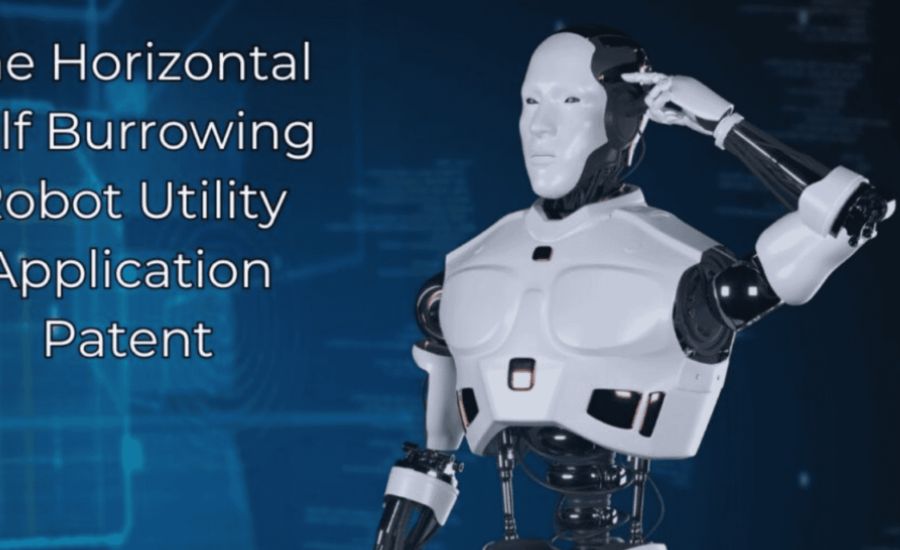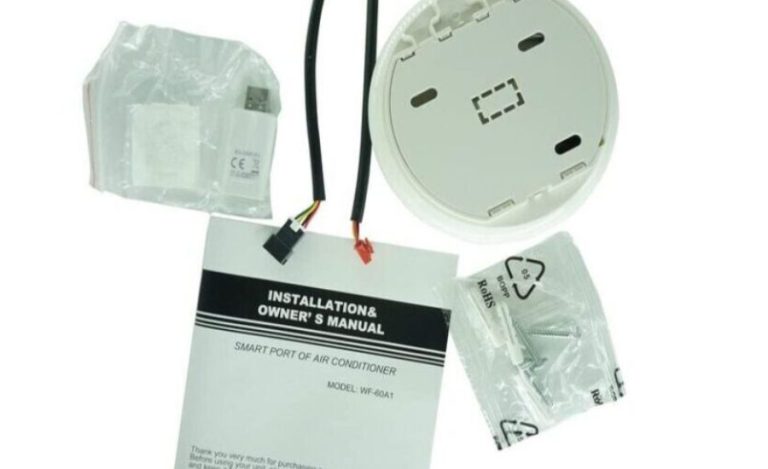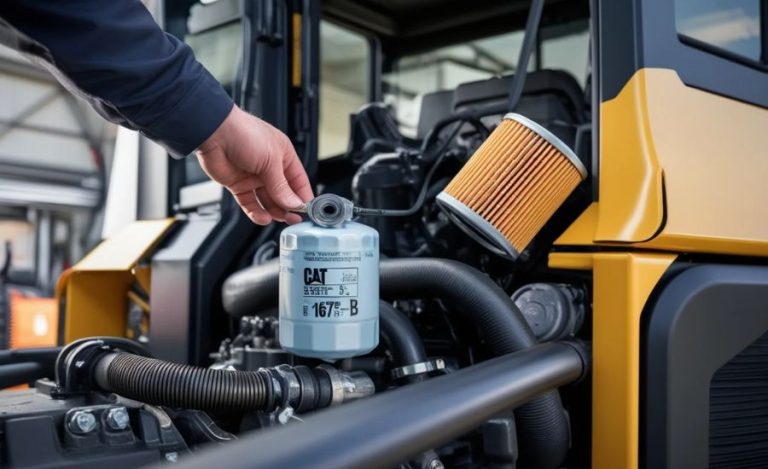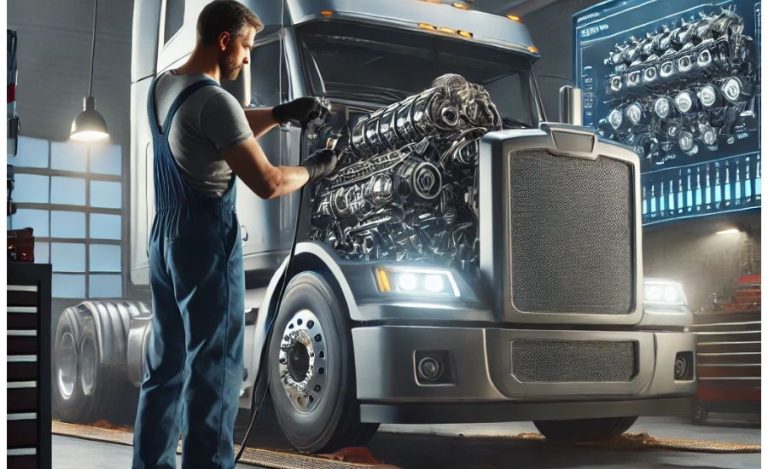Horizonal Self Burrowing Robot Utility Application Patent, Utility & More
Introduction to Horizonal Self Burrowing Robot Utility Application Patent
Horizontal self-burrowing robots is a revolutionary class of technology that has arisen with transformational potential in the quickly evolving area of robotics and automation. Without the assistance of a person, these advanced technologies are designed to dig horizontally into the surface on their own.
This idea has great potential for use in many other fields, such as environmental management, infrastructure development, and manufacturing. Operating below the surface creates new application opportunities and enables safer, more effective operations across a range of sectors.
This paper explores the software solutions designed for horizontal self-burrowing robotics, emphasizing how they might improve efficiency and production. It also emphasizes how crucial it is to get a patent for these cutting-edge robotic applications. Protecting intellectual property in this burgeoning field is crucial, as it safeguards the unique technologies and methodologies that drive advancements in automation and robotics.
Understanding The U.S. Patent Application For Horizontal Self-Burrowing Robots

The U.S. Patent application for a horizontal self-burrowing robot marks a big development inside the area of robotics, mainly inside the realm of independent navigation inside underground environments. This progressive gadget is engineered to excavate numerous soil types and navigate through hard substances, inclusive of rock, sand, and clay. Its particular design lets it create paths underground effectively, addressing the complexities of subterranean excavation.
The robot contains advanced sensors that allow it to evaluate its environment and make actual-time choices concerning the pleasant course of motion. These sensors beautify its capacity to come across barriers, determine soil composition, and regulate its excavation techniques consequently. Additionally, the robot features state-of-the-art mechanical structures that facilitate seamless digging and motion through diverse terrains.
By streamlining the excavation procedure, the horizontal self-burrowing robot substantially reduces the want for human intervention, making it a more secure and more green alternative to traditional excavation techniques. This capability is especially valuable in programs together with production, mining, and environmental remediation, wherein underground paintings frequently poses risks to human people.
As this generation continues to expand, it promises to revolutionize how we method underground projects, permitting extra efficient operations and paving the way for future innovations in robotics and automation. The patent utility highlights the capacity of this robot to convert industries via imparting a reliable answer for navigating and excavating in challenging underground situations.
Utility Applications Of Horizontal Self-Burrowing Robots
Horizontal self-burrowing robots are transforming multiple industries by providing innovative solutions to complex challenges. Their applications span various sectors, including construction, telecommunications, oil and gas, and environmental management.
Construction And Civil Engineering
In the construction industry, laying underground pipes and cables typically requires extensive effort and time using traditional methods. Horizontal self-burrowing robots simplify this process by autonomously tunneling through the ground, positioning pipelines, electrical lines, or fiber optics without the need for extensive digging or trenching. This approach not only reduces surface disruption but also minimizes labor costs and enhances the efficiency of underground infrastructure projects.
For instance, in urban areas where surface disruption can lead to traffic delays or damage existing infrastructure, these robots provide a viable solution by ensuring installations are completed with minimal inconvenience.
Telecommunications And Data Networks
The establishment of telecommunication networks often involves the installation of underground cables for internet and mobile services. Traditional methods typically entail trenching, which can damage roadways, landscapes, and other infrastructure. Horizontal self-burrowing robots offer a more efficient solution by burrowing underground while minimizing surface disruption.
Additionally, these robots can be deployed in challenging environments, such as beneath rivers or rocky terrains, where manual cable installation is difficult. By improving efficiency and reducing costs, horizontal self-burrowing robots are redefining how data networks are installed and maintained.
Oil And Gas Pipelines
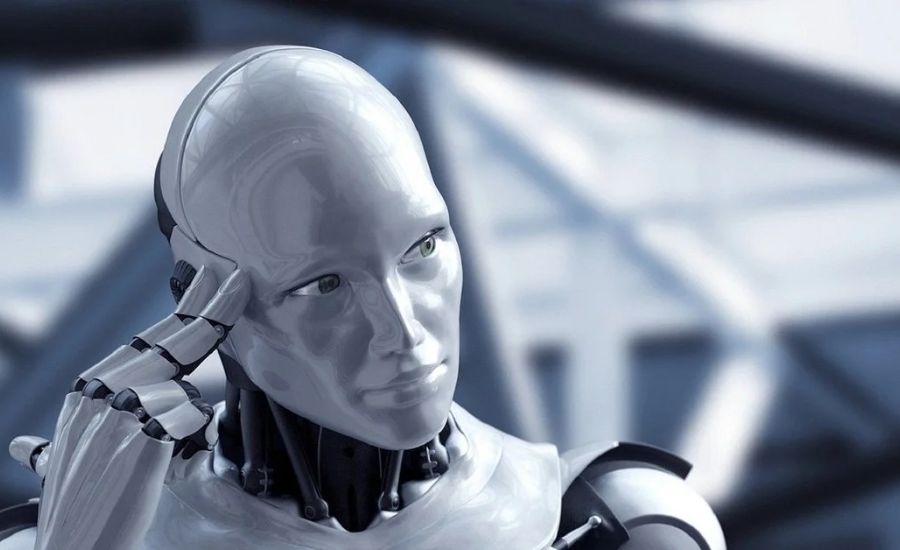
In the oil and gas sector, underground pipelines are essential for transporting resources over long distances. Horizontal self-burrowing robots enhance this process by tunneling through the ground with high precision. This accuracy helps avoid existing underground utilities and environmental hazards while minimizing surface impact.
Beyond installation, these robots can also inspect and maintain existing pipelines, ensuring that leaks or damages are swiftly detected and addressed. This capability reduces environmental risks associated with oil and gas operations, making these robots invaluable assets in the energy sector.
Environmental Management And Agriculture
Horizontal self-burrowing robots are increasingly recognized as vital tools for environmental management initiatives. They can conduct subsurface monitoring, soil sampling, and data collection without disturbing the surface environment. This capability is particularly useful for assessing soil contamination, groundwater levels, and the impact of agricultural practices on soil health.
For example, in agriculture, these robots can lay irrigation pipes beneath fields without disturbing crops or farmland. They can also install underground sensors to monitor soil moisture and nutrient levels, providing real-time data that enhance farming practices.
Utility Installation and Maintenance
Utility companies, including those providing water, gas, and electricity, often need to install or maintain underground pipes and conduits. Horizontal self-burrowing robots offer a practical solution for these tasks by reducing the need for extensive excavation and manual labor. Whether installing new infrastructure or maintaining existing systems, these robots help utility companies operate more efficiently while minimizing disruption to the public and the environment.
During emergencies, such as water or gas leaks, a horizontal self-burrowing robot can be quickly deployed to inspect and repair underground systems without causing further damage to roads or properties.
Expanding at the Applications of Horizontal Self-Burrowing Robots
Horizontal self-burrowing robots now not only streamline methods but additionally enhance protection and efficiency throughout numerous industries. Their capability to navigate and excavate underground with minimum surface disruption presents a multitude of advantages, in particular in city environments in which traditional excavation methods can lead to great inconvenience. The versatility of these robots allows them to adapt to various responsibilities, from putting in utility traces to undertaking subsurface inspections, showcasing their transformative ability.
Advancements in Environmental Management
In the world of environmental management, horizontal self-burrowing robots can play a pivotal function in sustainable practices. Their ability to perform subsurface tracking with out traumatic the surface allows for extra correct exams of soil fitness, contamination, and groundwater stages. This non-invasive approach is essential for growing techniques to restore infected sites and display environmental modifications. Furthermore, the mixing of sensors into those robots can facilitate actual-time data collection, permitting greater powerful selection-making and useful resource management.
Enhancing Safety and Reducing Risks
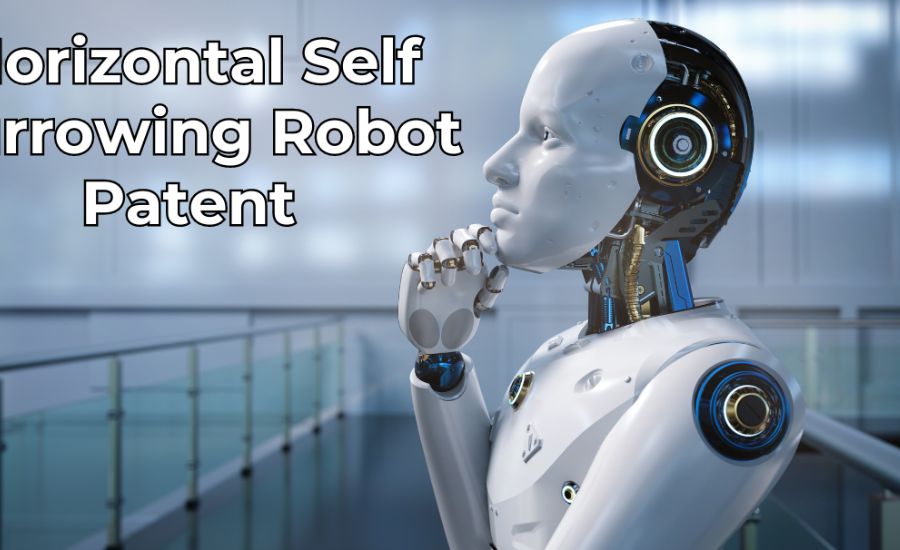
Safety is a paramount problem in industries that contain underground paintings. Horizontal self-burrowing robots reduce the dangers associated with traditional excavation methods, which often disclose employees to hazardous situations. By running autonomously, those robots can cope with the maximum risky factors of underground paintings, including digging via unstable soil or navigating around buried utilities. This functionality now not simplest protects human people however also complements venture efficiency, taking into consideration quicker finishing touch times and fewer delays caused by safety concerns.
Intellectual Property Considerations and Competitive Advantage
As the horizontal self-burrowing robot technology matures, the importance of securing intellectual assets rights cannot be overstated. A application patent no longer best protects the inventor’s innovations however also establishes a basis for destiny commercial enterprise increase. Companies that steady patents can leverage their particular technology to attract investment and partnerships, positioning themselves as leaders within the burgeoning field of robotics and automation. The patent procedure, while complicated, serves as a crucial step for innovators seeking to shield their improvements towards opposition.
Patent Protection For Horizontal Self-Burrowing Robots
As the demand for horizontal self-burrowing robots continues to rise, securing intellectual property rights through a utility patent becomes increasingly important. A utility patent grants exclusive rights to the inventor or assignee, enabling them to manufacture, sell, and utilize their patented technology for a specified period. Obtaining this patent is essential for individuals and companies looking to protect their innovations from unauthorized use or reproduction.
The Importance of a Patent
Acquiring a utility patent for a horizontal self-burrowing robot is crucial for safeguarding the inventor’s innovation against competitors. It ensures that the technology cannot be replicated without permission, allowing the inventor to maintain a competitive advantage in the marketplace.
Furthermore, holding a patent enhances a company’s reputation as an innovator. Businesses with patented technologies are often viewed as leaders in their field, which can attract more customers and potential investors.
The Patent Application Process
The process for securing a utility patent for a horizontal self-burrowing robot involves several key steps:
- Research and Documentation: Prior to applying, it is essential to conduct thorough research to verify that the technology is novel and not already patented. Detailed documentation of the invention—including its design, functionality, and applications—is vital for the application submission.
- Patent Filing: After completing the research, the inventor must file a patent application with the appropriate patent office (e.g., the U.S. Patent and Trademark Office, or USPTO). The application must include comprehensive descriptions, drawings, and claims that delineate the invention’s uniqueness and scope.
- Patent Examination: Following submission, the patent office reviews the application to ensure it complies with legal requirements. This examination process can take several months, during which the applicant may need to provide additional information or clarify certain aspects of the invention.
- Grant of Patent: If the patent office approves the application, the inventor is granted exclusive rights to the invention. Generally, this patent lasts for 20 years from the filing date, allowing the inventor to control how the technology is utilized throughout that period.
Challenges and Considerations
While patents offer substantial protection, the process of obtaining a utility patent for a horizontal self-burrowing robot can be intricate and time-consuming. Applicants must ensure their invention meets all legal criteria, including being novel, non-obvious, and useful. Additionally, the cost of filing a patent can be significant, necessitating a careful assessment of the expenses versus the benefits of obtaining protection.
Another critical consideration is international protection. If the technology is intended for use in multiple countries, inventors may need to apply for patents in each jurisdiction where they plan to operate. This can complicate the patenting process, but it is often essential for securing global protection of the invention.
Here’s a revised version of your content that emphasizes quality, clarity, and adherence to Google’s E.A.T. principles:
Future Prospects For the Development of Horizontal Self-Burrowing Robots

The future of horizontal self-burrowing robots looks promising, driven by continuous technological advancements that enhance their capabilities. As machine learning and artificial intelligence (AI) evolve, these robots are expected to become increasingly autonomous. This progression will allow them to make real-time decisions based on their environmental conditions, significantly improving their operational efficiency and effectiveness.
One potential breakthrough on the horizon is the development of advanced navigation systems utilizing sophisticated mapping techniques. Such innovations would enable these robots to adapt seamlessly to dynamic underground environments, enhancing their ability to navigate complex terrains.
Moreover, the integration of complementary technologies, including drones and various types of sensors, could further expand the applications of horizontal self-burrowing robots. Collaborations with these technologies will likely lead to innovative solutions across multiple sectors, including construction, telecommunications, and environmental management.
The Future Landscape of Horizontal Self-Burrowing Robots
Looking in advance, the future of horizontal self-burrowing robots is probable to be shaped with the aid of the convergence of robotics, artificial intelligence, and gadget learning. The integration of these technology will cause more advantageous operational competencies, permitting robots to study from their environments and optimize their excavation techniques. Additionally, advancements in substances technological know-how may bring about the development of more long lasting and green robot structures, in addition extending their application range.
Collaborative Opportunities with Other Technologies
Future innovations may additionally emerge from collaborations between horizontal self-burrowing robots and different technology, inclusive of drones and advanced imaging systems. By integrating those systems, operators can obtain complete tests of underground environments, improving ordinary task effects. For example, drones ready with imaging technology could map out underground utilities before the robot starts offevolved its excavation, taking into account greater knowledgeable choice-making and reducing the risk of damaging current infrastructure.
Conclusion
The emergence of horizontal self-burrowing robots marks a significant advancement in the field of robotics, offering valuable applications across various industries, including construction, telecommunications, oil and gas, agriculture, and environmental management. These innovative machines deliver efficient, cost-effective, and environmentally friendly solutions to the challenges associated with underground operations.
For businesses and innovators operating in this space, securing a utility patent for horizontal self-burrowing robots is crucial for protecting intellectual property and maintaining a competitive advantage. As technology continues to evolve, these robots are poised to play an increasingly vital role in modern infrastructure and automation.
By obtaining patent protection, innovators can ensure that they remain at the forefront of this exciting and rapidly developing industry, paving the way for future advancements and applications.
FAQs
1. What is a horizontal self-burrowing robot?
A horizontal self-burrowing robot is an advanced robotic system designed to autonomously excavate and tunnel underground, eliminating the need for human operators. These robots utilize sophisticated sensors and mechanical systems to navigate and perform tasks in various soil types.
2. What industries can benefit from horizontal self-burrowing robots?
Horizontal self-burrowing robots can be applied in several sectors, including construction, telecommunications, oil and gas, agriculture, and environmental management. They provide efficient solutions for laying underground pipelines, cables, and conducting environmental assessments.
3. Why is securing a utility patent important for horizontal self-burrowing robots?
Securing a utility patent is crucial for protecting the intellectual property rights of the inventor or company. A patent prevents others from reproducing or using the technology without permission, thereby maintaining a competitive edge in the market.
4. What is the patent application process for these robots?
The patent application process involves several steps, including:
- Research and Documentation: Ensuring the invention is novel and not already patented.
- Patent Filing: Submitting a comprehensive application to the appropriate patent office.
- Patent Examination: The patent office reviews the application to ensure compliance with legal requirements.
- Grant of Patent: If approved, the inventor receives exclusive rights to the invention for a specified period, typically 20 years.
5. What are the potential future advancements in horizontal self-burrowing robots?
Future advancements may include enhanced machine learning and AI capabilities, allowing for real-time decision-making and improved navigation systems that adapt to dynamic underground environments. Integration with other technologies, such as drones and advanced sensors, is also expected to broaden their application range.
6. How do horizontal self-burrowing robots differ from traditional excavation methods?
These robots offer significant advantages over traditional excavation methods, including reduced surface disruption, lower labor costs, and increased operational efficiency. They can perform tasks in challenging environments where manual excavation would be difficult or impossible.
Read More Information About Technology At discoverparadox
